Photography by Franz Grünewald
6 women working in reproductive health you should know
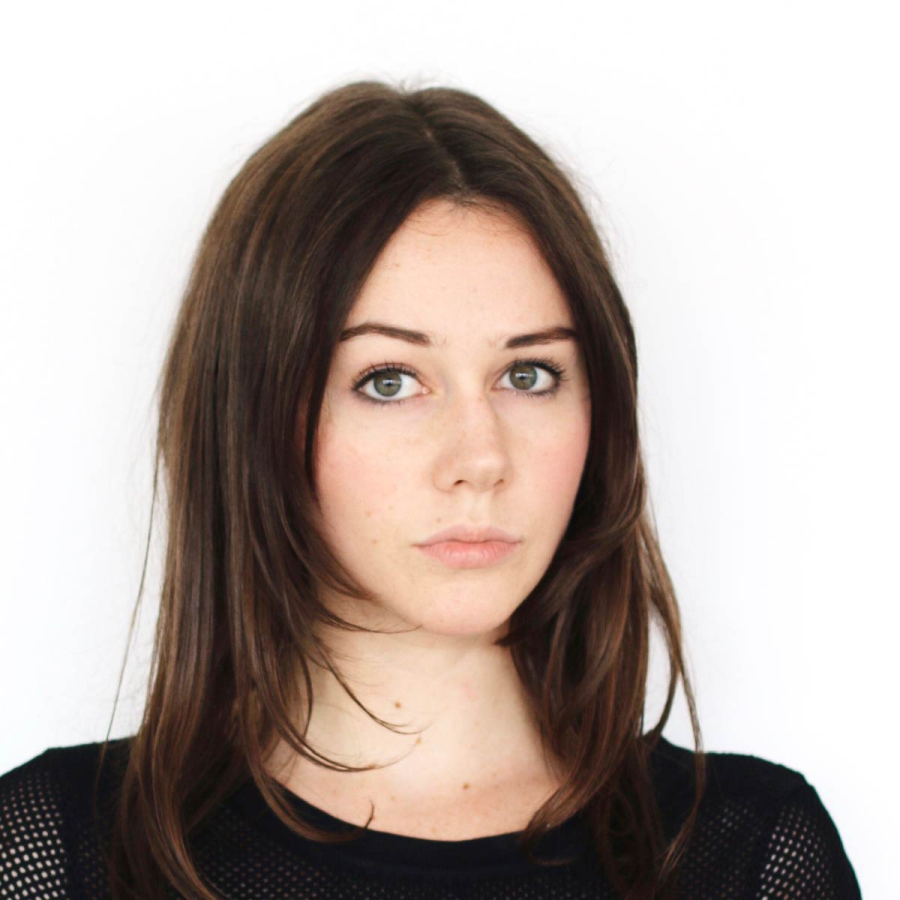
This International Women’s Day, we celebrate the women advancing reproductive health. Here are some women making an impact.
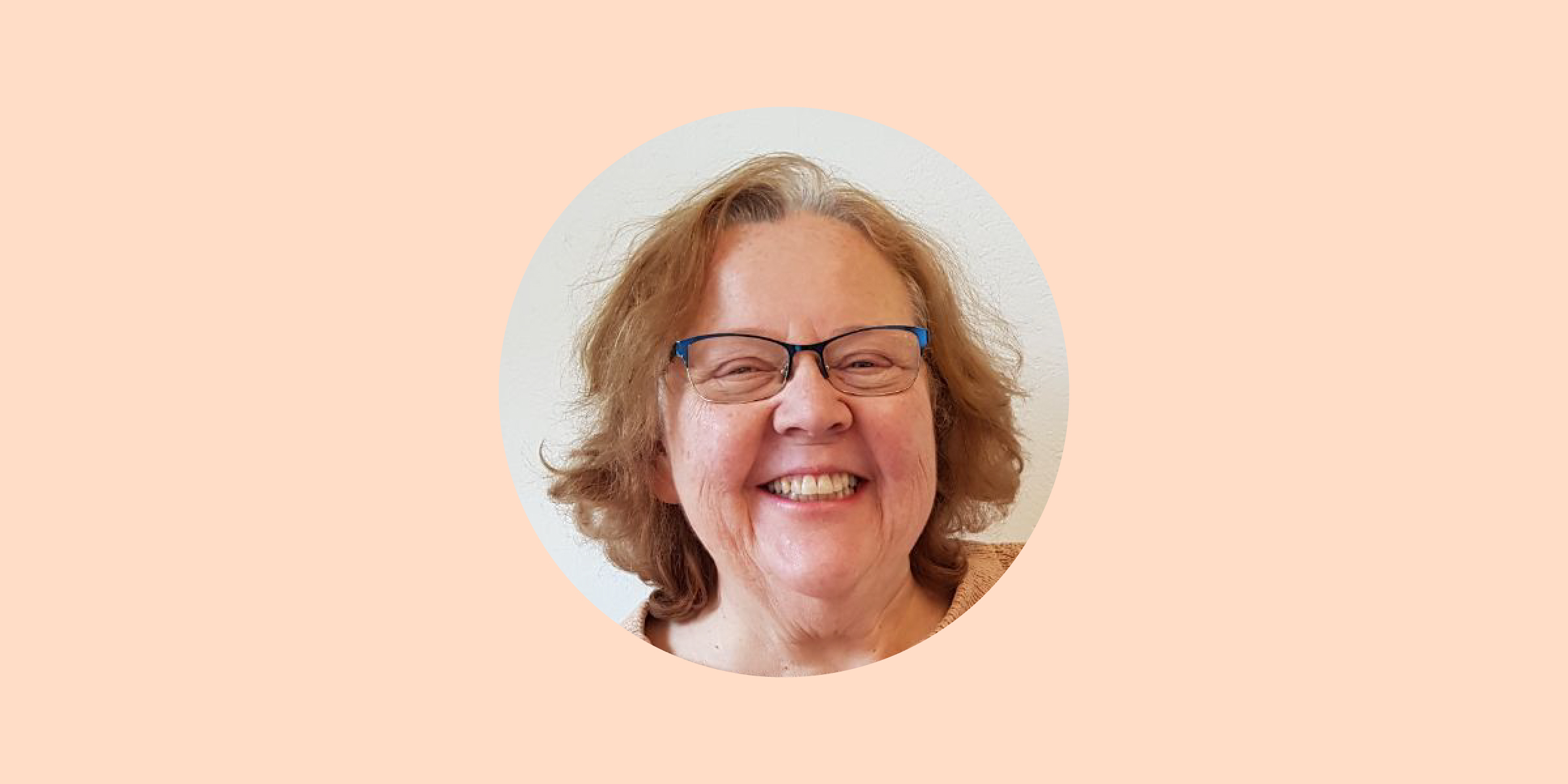
Virginia Vitzthum
What do you do? I'm an evolutionary biologist/anthropologist who investigates natural variation in women's physiology, specifically focusing on the causes of variation in reproductive functioning and how this impacts women's health throughout their lives.
The bulk of my research is done outside the lab, working with women in their own communities as they go about their daily lives. I've directed studies in the Andean highlands, Europe, Central Asia, and the Arctic.
How did you become involved or interested in your field? My first field research was in 1985 in an isolated Peruvian Quechua community at 4000m. I went to study of effects of extended breastfeeding (as long as 4 years) on women's cycles, and learned so much more about the lives of these women and their concerns for their families and the strategies they used to flourish in these hard conditions. I came away committed to using science (which is the tool I know best) to improve the lives of these and other women.
What’s most meaningful to you about your work? Getting to know hundreds of women on their own turf and terms, and the insights gleamed by seeing their lives and the world through their eyes.
As members of a single species with a long evolutionary history, all human females share a similar morphology and physiology. But similarity is not identity. The differences matter and health care should be tailored to the individual woman.
To take just one example, women should not be expected to change their lives so as to manage the side-effects of a narrow range of contraceptive choices. Rather, we should broaden contraceptive options so as to fit the extraordinary diversity of women's bodies and needs.

Suzanne Siemens
What do you do? I am the CEO of Lunapads and lead a team of dedicated folks who make sustainable, period positive cloth pads and period underwear.
How did you become involved or interested in your field? In 1999 I met Madeleine Shaw, the original founder and designer of Lunapads, at a leadership course. We quickly discovered our shared passion for gender equality and sustainability. So, I quit my job in corporate finance to join her to bring Lunapads to the world. Since then, we’ve been designing products that are not just a healthy and sustainable option to disposables, but using our voice to smash period shame and promote body positivity.
What’s most meaningful to you about your work? When I realized the position of privilege I have in being an entrepreneur, I began to recognize that how we choose to do business, the products we make, and how we present them to the world can have a very positive and meaningful impact.
Specifically, it’s rewarding to be part of the B Corporation community to promote and prove sustainable business practices truly work. Offering gender non-conforming products and using inclusive language in all our materials helps everyone feel more welcome. I have learned how business and advocacy can intersect and enjoy the diverse conversations and impact we’ve participated in. I never expected becoming a period-focused social entrepreneur could be this rewarding!
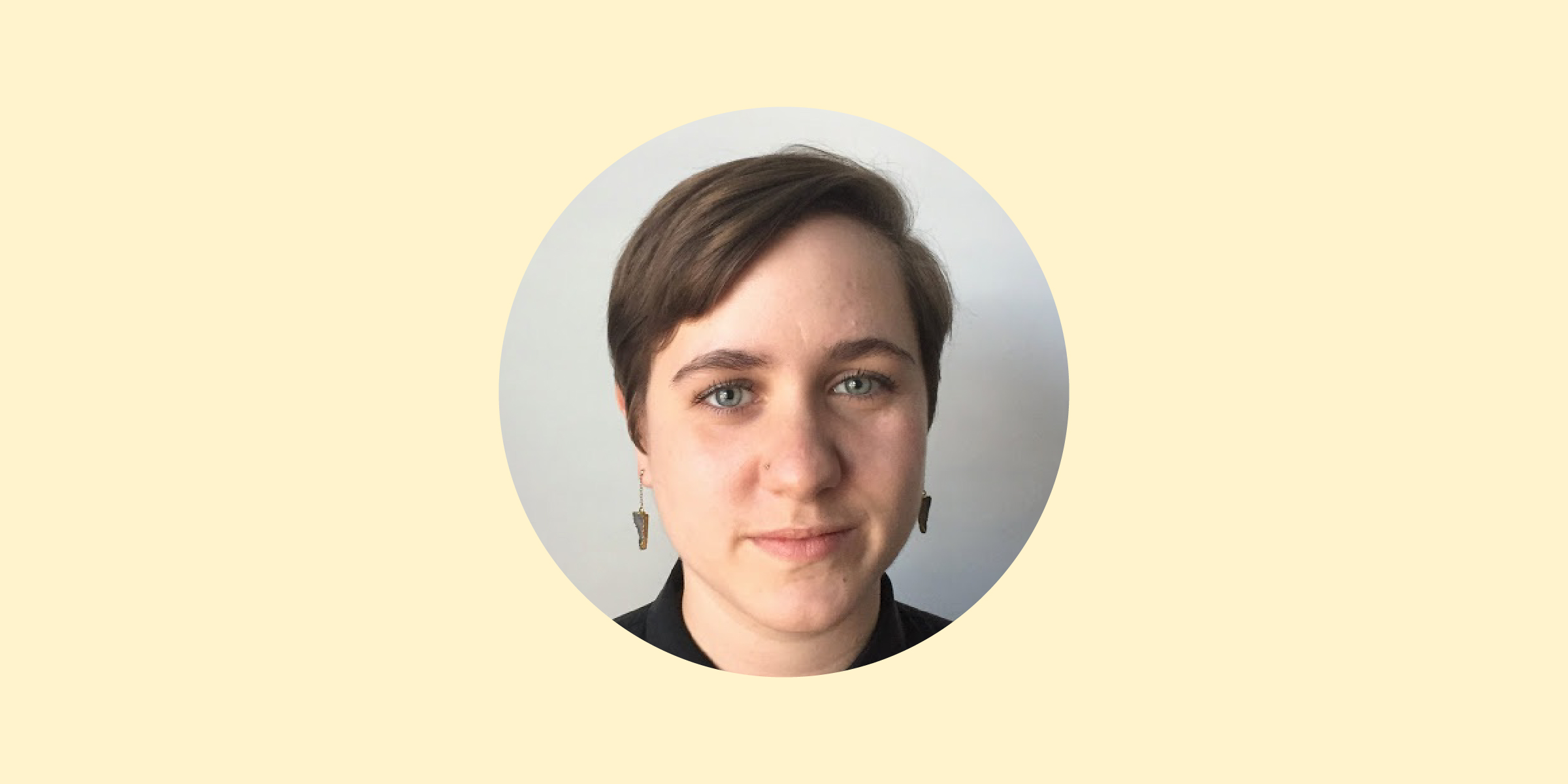
Maegan Boutot
What do you do? I'm an epidemiologist and reproductive health researcher. I'm currently interested in behavior related to contraceptive use and effectiveness and in ethics surrounding the provision of contraception and abortion services. On a day to day level, I'm mostly sitting in front of a computer waiting for my code to run or reading papers.
How did you become involved or interested in your field? I didn't become involved in reproductive health until my Master's program. For my bachelor's degree, I had studied behavioral economics and bio-psychology, so I had thought about going into public health career related to these topics. This got derailed when my adviser in graduate school had a grant for menopause research and, importantly, said she could pay me. From there, I got involved in projects on premenstrual syndrome (PMS) and ended up falling into reproductive health.
What’s most meaningful to you about your work? Something that's carried over from my undergraduate work is an interest in decision-making. For example, pregnancy is not a medical condition, and so the prevention of pregnancy shouldn't reflect the same approach as trying to prevent cancer or diabetes within the context of a healthcare provider-patient dynamic. Given the long history of reproductive coercion in the US (where I'm from), it's very important to promote patient autonomy and increase the number of options for patients using the best evidence-based practices that we know of today.
Outside of the context of pregnancy, reproductive health feels like an emerging field sometimes. As one of my graduate professors put it, "for a long time, women were just considered men without prostates". As we begin to understand more about how reproductive hormones affect disease, mental health and medical research, we will hopefully be able to better advise people on behaviors and treatments that improve their well-being across their lifespan.
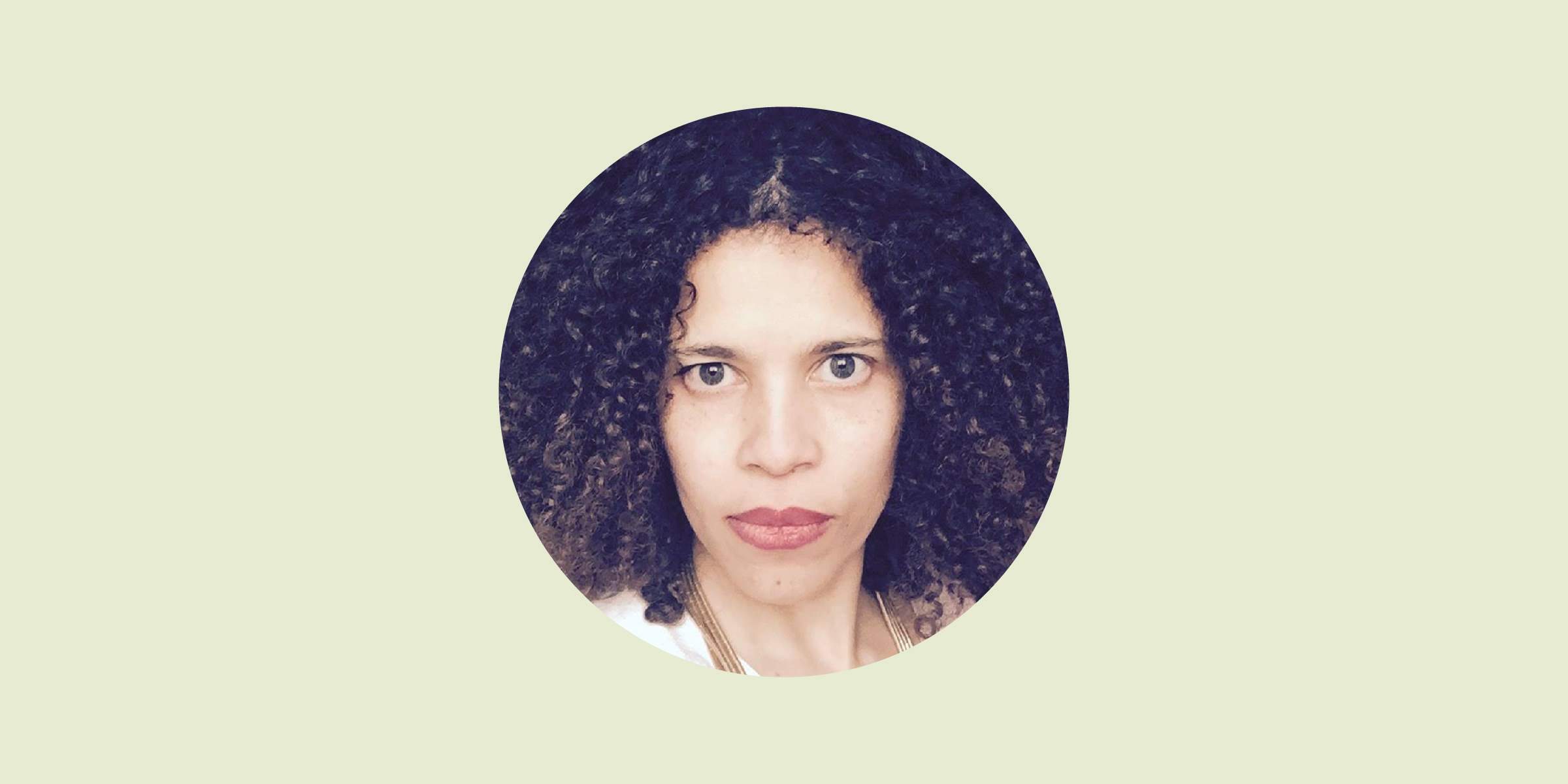
Camalo Gaskin
What do you do? I am an author. I am a speaker. I am a birth companion. This latter role is now becoming more popularly known as a Doula. Many people find me once they notice that their periods have stopped. I spend the following months with pregnant people and their partners as a guide in learning –– and unlearning (!) –– how their bodies function during pregnancy and childbirth. When they enter labor I am a trusted companion they call on for continuous care. I hold space for them to move freely. I guide them through comfort measures, if needed. I translate technical or medical information into lay speak. I am their advocate. I witness in awe … every time. To help them navigate this heightened sensory experience with information and consent, I am there. Physiology is central to my work, but so is an understanding of the pleasure functions that can also be activated during birth and after. I see the phases of a female reproductive health, pleasure and well-being as a continuum. I founded Birth to Birth as a platform to specifically explore this continuum that is not often mentioned as relative to the childbirth experience or reproductive health. It's a dynamic place providing resources for education, dialogue, ritual, and care services.
How did you become involved or interested in your field? Consent and self-determination are things that I believe are every person’s birthright. This is at the center of all the work I do. Why does this matter? There has been some tricky histories women and birth givers have had to navigate. I stumbled across an academic journal in university that chronicled stories of women in the U.S. being forced into reproductive surgeries after having given birth. Later I learned that many across the planet had been put into a “Twilight Sleep” while in labour, up until the 1980s. This was a euphemism for a state of forced sedation during childbirth. This sparked my own interest and research on reproductive rights. Like me, most of the students I was surrounded by knew nothing about these practices. They were silent histories. We were all shocked but determined to give voice to these stories. It dawned on me that to make informed decisions, we sometimes need to seek out evidence-based information about our own bodies and health care.
When my own cycle paused, and I knew I was pregnant about 10 years ago, I sought out sound information to understand my the options available to me at the time. Without social media forums, I found films, books, and some smart and experienced midwives who had so much exposure to birth in all environments that they simply trusted it. They also were advocates for female health choices. Infused with this trust, I had a transcendent and safe home birth experience and was able to witness the full physiological process of human birth without disturbance. Evidently, I emerged with many new questions about the culture of birth and our basic needs. These voids and questions led to years of study, practice, and the founding of the Birth to Birth platform for public symposiums. All my work continues to explore care practices that make this experience a better one on an intimate and a planetary level.
What’s most meaningful to you about your work? To witness person after person being given the permission and tools to explore the ‘secret’ functions of their own bodies is full of meaning. In my work, I become an active agent of steering a city, a culture, a person towards a deeper respect for women and birth givers' self-determination. History tells us that this hasn't been a given. Witnessing a transcendent moment like birth is a major gift. To go through a rite of passage challenges me and adds a new valence to my identity. I morph and grow. I learn about science and the self. I also transcend as a witness. I would say that’s pretty meaningful.
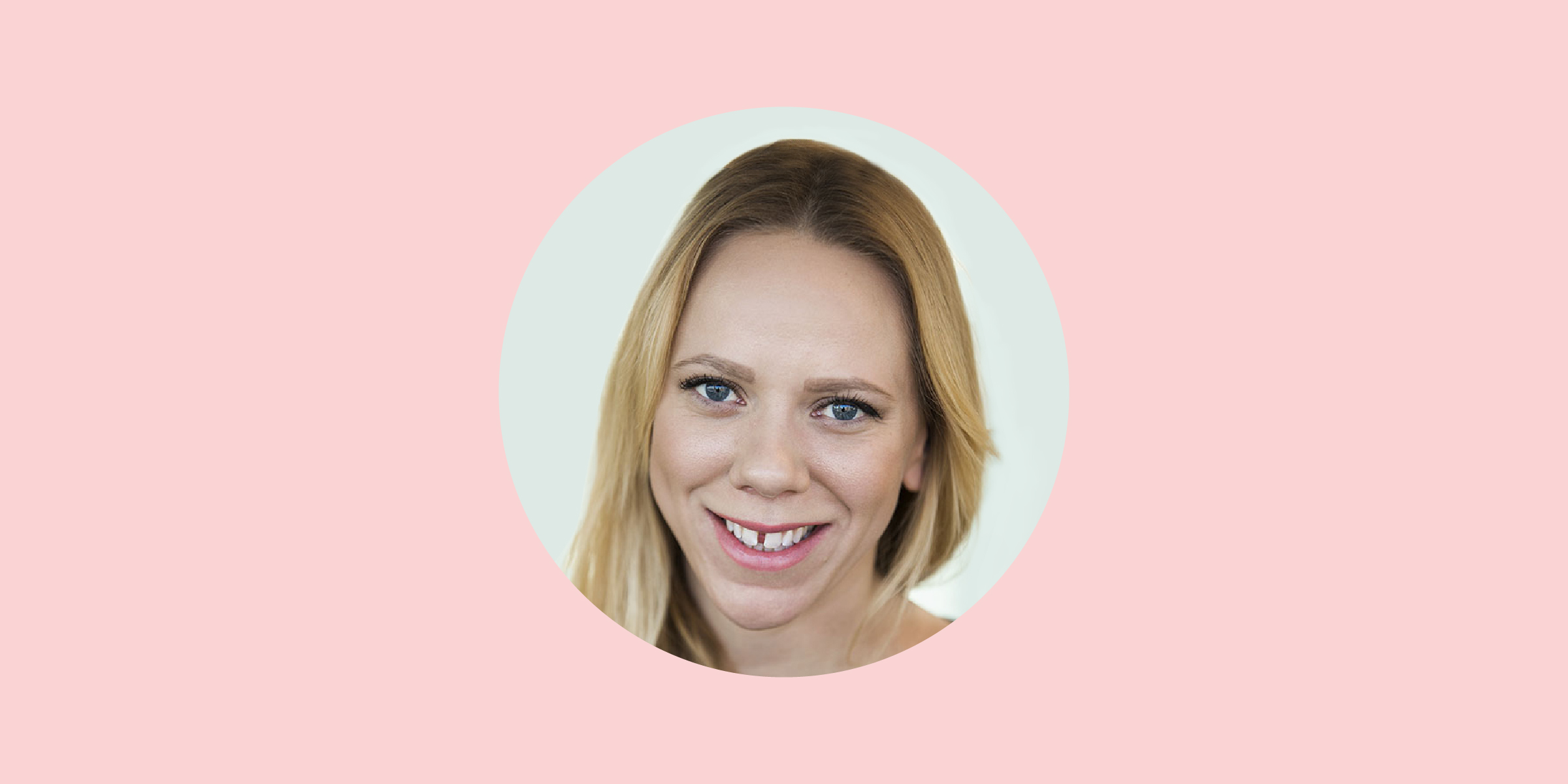
Gerda E. Larsson
What do you do? I’m the co-founder and managing director of a one of a kind, innovative impact portfolio, The Case For Her. We invest in women’s health with a focus on taboos surrounding the vagina. We have three investment portfolios: The Case For Menstruation, and soon launching The Case For Menopause and The Case For Female Sexual Pleasure.
How did you become involved or interested in your field? I have been passionate about periods since the day I got one, but really that’s another story… however, after years of interest in the field, I met two inspiring pioneers in the funding and advocacy space—Cristina Ljungberg and Wendy Anderson. Together we created one of the most interesting impact portfolios in the world and I got to co-create my dream job.
It’s amazing to think that all of us at The Case for Her have been living decades with periods and as sexual active women, but we continue to learn new things about the subject everyday. More importantly, we get to use our voice to educate people and advocate for women across the world.
What’s most meaningful to you about your work? Fifty percent of the world’s population is directly affected by taboos surrounding these subjects. It’s not bound to geography, religion, socioeconomic background or culture. It is universal: periods and female sexuality is taboo! I’m engaging in changing the narrative.

Emily Chartrand-Hudson
What do you do? I am a registered Indigenous midwife in North Bay, Ontario (Nipissing First Nation).
Midwives in Ontario are primary health care providers who care for women and their babies from early pregnancy until 6-weeks postpartum. This includes attending labours and births, both in hospital and out-of-hospital (home or birth centre) settings. We conduct prenatal appointments with women and their families to teach and empower them about their changing bodies and growing fetuses, attend them in labour, provide labour support, “catch” their babies when the time comes, support breastfeeding, and provide ongoing newborn and postpartum care.
We can order lab work, ultrasounds, and can even write prescriptions. We also tend to do loads of community outreach work and education, including teaching prenatal classes, facilitating home birth nights, running postpartum groups, and more. It’s a really special thing to be a part of someone’s pregnancy and birthing experience, and to watch their babies grow both in the womb and outside of it.
My practice, specifically, is made up of primarily Indigenous midwives and strong Indigenous allies and we have a large focus in Aboriginal maternal-child health. We strive to provide culturally safe and appropriate care, and to incorporate traditional birthing ceremonies and knowledge in pregnancy and birthing practices.
We also provide “extended” midwifery services to our Indigenous population through a specialized provincially-funded program called the “Indigenous Midwifery Program”, which allows for us to provide additional reproductive health services, like birth control counselling, well-woman check-ups, pap tests, screening for sexually transmitted infections, pregnancy-options counselling, and general reproductive health education for Indigenous women in our community.
How did you become involved or interested in your field? I became interested in my field of work when I attended my first birth at the age of 8! My sister was born at home with midwives, and for whatever reason, I had a really keen interest in my mom’s pregnancy and birth.
Our neighbour growing up was actually a second birth attendant, who for those that don’t know, is a midwife’s assistant during births. When my mom went into labour in the middle of the night, I jumped out of bed and immediately wanted to help out. I ran up and down the stairs excitedly grabbing cool towels for her forehead, asking the midwife questions about her progress, and even took a peek as my sister was “crowning”. I still remember that night and many of its details pretty fondly. It kind of went onto the back burner for a while, though—I never thought I could be a midwife because I wasn’t “good” with science and knew it involved a fair amount of biology and chemistry.
I actually initially studied English Literature and History in university, with the intention of becoming a teacher. It didn’t feel quite right, however, as I was more interested in my women and gender studies courses, with a particular interest in reproductive health. I finally decided to just go for it after a few years of bouncing around between arts courses and jobs in the service industry, and I haven’t looked back since. I graduated from a midwifery education program in May of 2017 and began work as a registered midwife last fall.
What’s most meaningful to you about your work? Though there are many parts of my job that I find meaningful—like providing informed choice discussions and options to my clients, empowering them to make decisions about their own care, and working interprofessionally with other reproductive health care providers, I would have to say that participating in the sacred ritual of birth is probably most special to me.
I think there is something very special and beautiful about the rhythm and flow of a woman in labour—something very primal, private, and powerful. It isn’t something that many people will recognize until they see it or experience it themselves, but I think it is really, the reason that so many midwives do the work that they do.
There is, of course, a lot of emotion to be shared when a baby finally arrives to meet his or her family, too, which is absolutely contagious to be a part of. What I like to pay special attention to as well is the fact that many of the women I work with are raised to fear the power of their bodies their uteri’s, their cervixes, their breasts. We are taught by society that the reproductive system is a taboo subject, that vaginas and uteri are “gross” or “dirty”, when really, they are so incredibly strong, resilient, and amazing. It is really my job to make sure that women know that whichever way they choose to use these body parts is absolutely the right one, because it is the way that they have chosen for themselves.